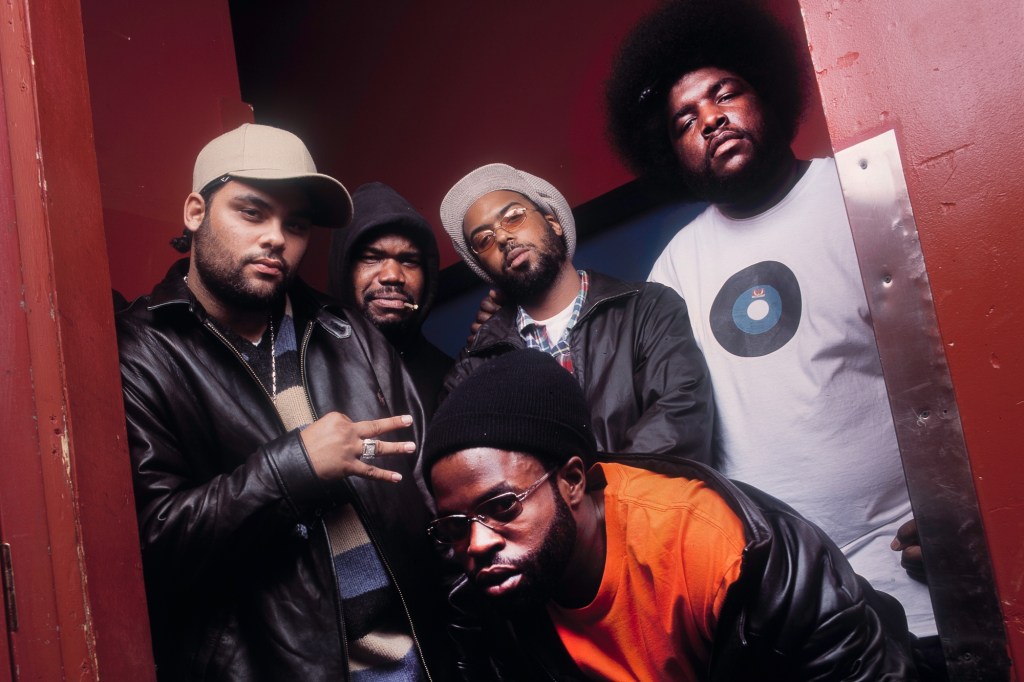Trends in cocktail bitters come and go, but it’s always been hard to find a cocktail bar without at least one bottle of Angostura bitters. You might not notice it until someone around you orders an Old Fashioned or a Manhattan, and the bartender whips out the tiny bottle with a label so cluttered it rivals that of Dr. Bronner’s soap. Angostura aromatic bitters is one of the most universally used ingredients in the cocktail world, but what many people don’t know is that the small bottle comes from a small country not often associated with cocktail culture: the Republic of Trinidad and Tobago.

Dr. J.G.B. Siegert, surgeon general of the Venezuelan army, created the formula in the town of Angostura, Venezuela (later renamed Ciudad Bolivar) in 1824 for medicinal use. “He developed the elixir to cure soldiers’ stomach ailments,” says Daniyel Jones, Global Brand Ambassador for House of Angostura. “His sons relocated to Trinidad, seven miles off the coast of Venezuela, in 1875.”
Videos by VICE

The recipe is secretive as hell. According to the bottle, the 44.7% ABV combination is made with “water, alcohol, spices, natural aromatics, sugar, colorant,” and remains the same today as was created by Dr. Siegert. “The recipe [has been] secret for almost 200 years, faithfully guarded by five persons,” says Jones. Angostura orders an unnecessary abundance of spices (including ones not used in the blend) from abroad to throw off any spies attempting to swoop on the recipe. The herb and spice blend is such a national treasure that Trinidad allows the spices to clear customs in unmarked bags without inspection for secrecy’s sake.
“Okay, technically speaking, it came from Venezuela, but it’s been here forever and it’s ours now. The Venezuelans can’t claim it. The Germans can’t claim it. We claim it in Trinidad. It is ours.”
When the company started exporting the elixir, it pushed to get its product into the hands of royalty. “My thinking was, for want of a better phrase, the marketing of its time,” says John Georges, Angostura rum’s master distiller. “If you could claim a royal warrant, it gave your product a lot of gravitas straight away.” Angostura received the stamp of approval from the British royal family, the Swedish, the French, the Spanish, and the Prussians. “They all did this warrant thing. If you could put a coat of arms there and say that you were the supplier of pretty much anything, to the Queen it was great marketing,” Georges says. “Anything you can do to suggest that your product was special, well done.”

Son Don Carlos Siegert is said to be responsible for shifting the brand into the world of food and cocktails. “The most unique characteristic of Angostura Aromatic Bitters is that it was first designed to be medicine, but found greater success in its second career as a cocktail ingredient,” says Jones. The bitters became as natural for cocktails as salt is to a chef. “It binds and balances flavors,” Jones says. “For some they enjoy how it matures an aged spirit. The maturity comes from the deep spice and wood notes that complement the depth of such spirits. I personally love its ability to temper anything acidic or astringent.”
The ingredient swept the world, representing Trinidad on a global stage. “Today there are thousands of bitters on the market,” Jones says. “We are humbled and proud to have the number one–selling bitters in the world.” It’s now distributed to 175 of the 195 countries on the planet.
“Right alongside the steel band and calypso, Angostura bitters is one of those things that we have given to the world,” Georges says. “Okay, technically speaking, it came from Venezuela, but it’s been here forever and it’s ours now. The Venezuelans can’t claim it. The Germans can’t claim it. We claim it in Trinidad. It is ours.”
Even though Angostura bitters are a huge cocktail staple internationally, it’s a different story at home. “We don’t have a massive cocktail culture in Trinidad, to be honest,” Georges says. “We just take [Angostura bitters] for granted. Bitters is just something that we use, mostly in baking and cooking, and obviously fruit juices, rum punches. Then of course there are all of the people who still have a medicinal paradigm for it, which is bitters in water as a hangover cure, as a stomach cure, as a general restorative.”
The company hopes that marketing and events can help bring more awareness to cocktail culture at home. Elsewhere, things are still looking pretty good for the bitters.
More
From VICE
-

Screenshots: 2K -

Kamal Gray, RahzEl, Hub, Black Thought and Questlove of the Roots. (Photo by Paul Natkin/Getty Images) -

Florida Museum/Kristen Grace -

(Photo by Paul Bergen / Redferns)
